Dividend stocks, favored by investors seeking consistent income and stability, represent shares in companies that distribute a portion of their earnings to shareholders. These can range from established "dividend aristocrats" with decades of increasing payouts to growth-oriented companies just beginning to offer dividends. However, the performance and very ability of these companies to maintain or grow their dividends are inextricably linked to broader economic forces. Understanding how these macroeconomic factors—such as interest rates, inflation, and economic growth—shape the landscape for dividend-paying firms is crucial for any investor looking to build a resilient portfolio.
One of the most significant macroeconomic factors influencing dividend stocks is interest rates. When interest rates rise, borrowing costs for companies increase, potentially squeezing profit margins and reducing the funds available for dividends. Higher rates also make fixed-income alternatives, like bonds, more attractive to investors, often leading to a rotation of capital out of dividend stocks as investors seek safer, competitive yields. Conversely, falling interest rates reduce corporate borrowing costs, which can boost profitability and encourage companies to increase their dividend payouts, while simultaneously making dividend stocks more appealing compared to less lucrative bond yields.
Inflation also plays a pivotal role in how dividend stocks perform. During periods of high inflation, the purchasing power of dividend income erodes, diminishing the real return for investors. Furthermore, rising inflation often translates to increased operating costs for businesses, which can cut into corporate profits and, consequently, pressure dividend payments. While some sectors, like energy and materials, might benefit from higher commodity prices during inflationary periods, others, such as consumer staples, may struggle as their input costs rise and consumer spending habits shift. Deflation, though rare, can also negatively impact dividends by reducing consumer spending and corporate revenues.
Finally, the overall health of the economy, typically measured by Gross Domestic Product (GDP) and unemployment rates, profoundly impacts dividend stocks. Robust economic growth generally leads to higher corporate earnings and revenue, providing a strong foundation for companies to grow their dividends. In a thriving economy with low unemployment, consumer spending is strong, and businesses are more likely to expand, benefiting a wide range of dividend-paying companies. Conversely, an economic slowdown or recession, often accompanied by rising unemployment, typically results in reduced corporate profits, increasing the risk of dividend cuts or even suspensions, as companies prioritize conserving cash in uncertain times.


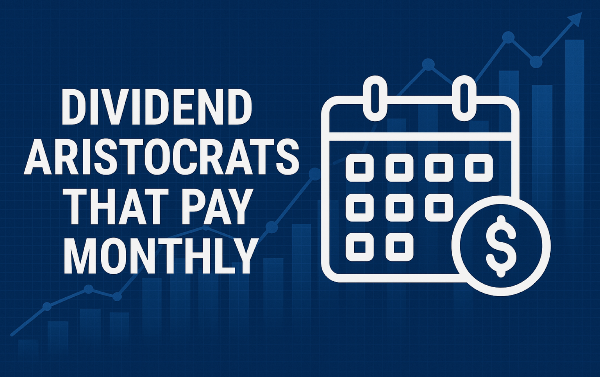



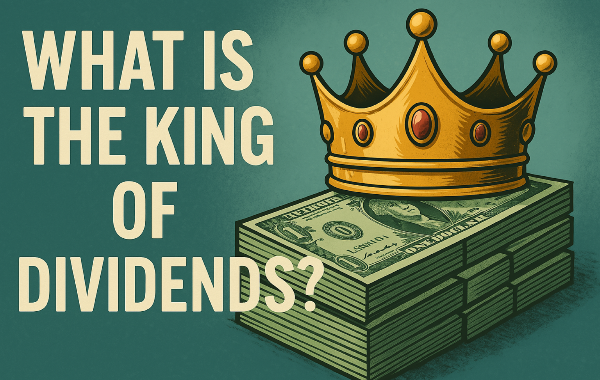
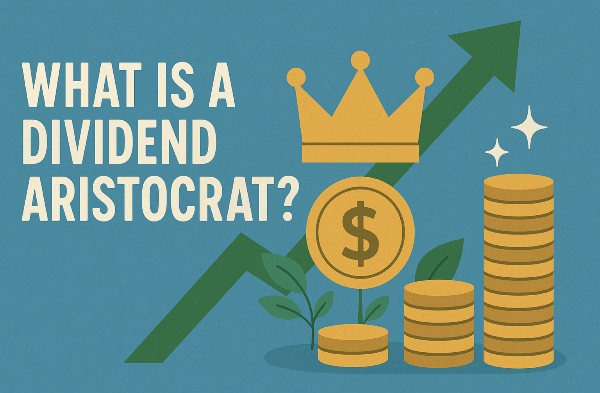
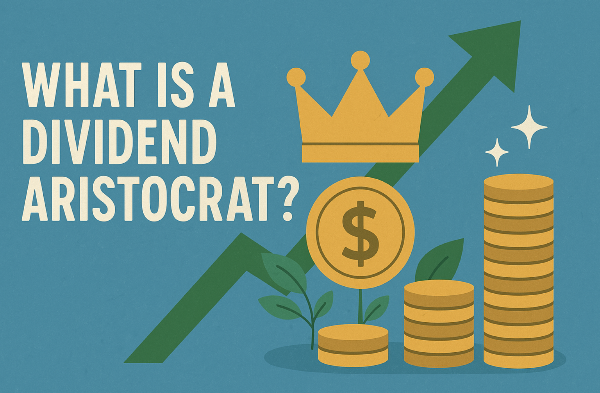
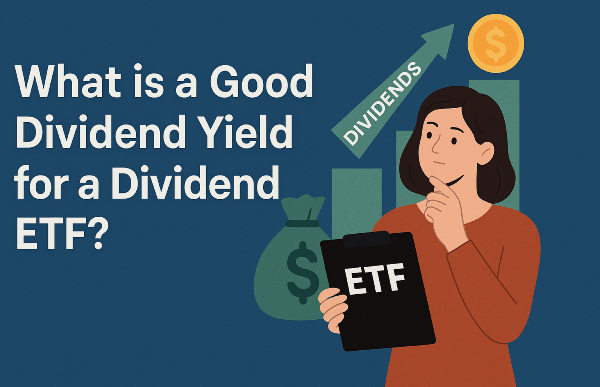
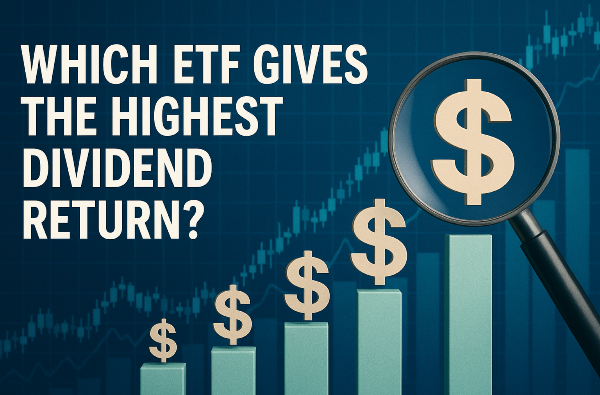


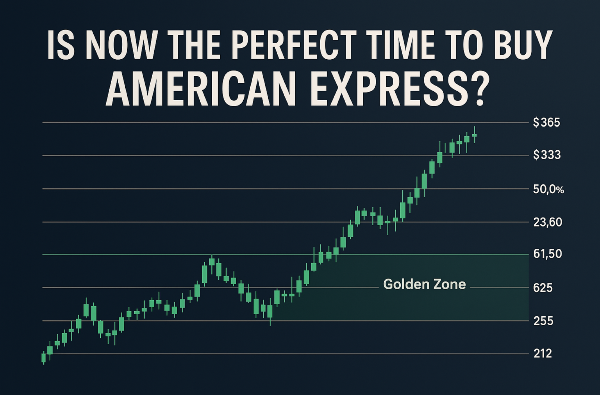

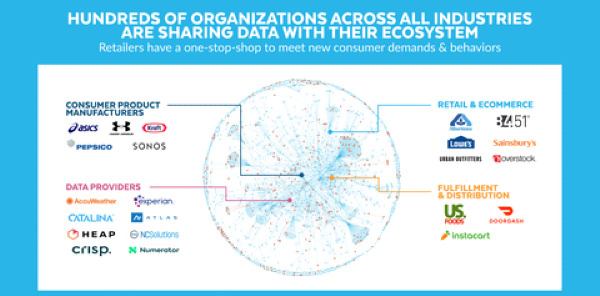
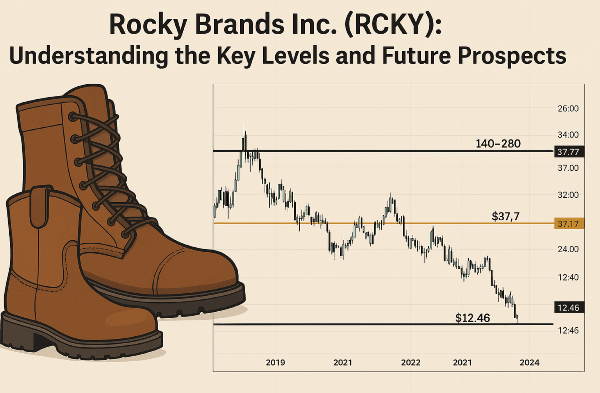


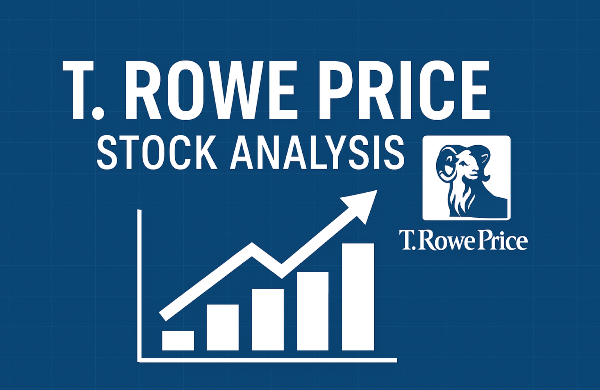










Dividend stocks, favored by investors seeking consistent income and stability, represent shares in companies that distribute a portion of their earnings to shareholders. These can range from established "dividend aristocrats" with decades of increasing payouts to growth-oriented companies just beginning to offer dividends. However, the performance and very ability of these companies to maintain or grow their dividends are inextricably linked to broader economic forces. Understanding how these macroeconomic factors—such as interest rates, inflation, and economic growth—shape the landscape for dividend-paying firms is crucial for any investor looking to build a resilient portfolio.
One of the most significant macroeconomic factors influencing dividend stocks is interest rates. When interest rates rise, borrowing costs for companies increase, potentially squeezing profit margins and reducing the funds available for dividends. Higher rates also make fixed-income alternatives, like bonds, more attractive to investors, often leading to a rotation of capital out of dividend stocks as investors seek safer, competitive yields. Conversely, falling interest rates reduce corporate borrowing costs, which can boost profitability and encourage companies to increase their dividend payouts, while simultaneously making dividend stocks more appealing compared to less lucrative bond yields.
Inflation also plays a pivotal role in how dividend stocks perform. During periods of high inflation, the purchasing power of dividend income erodes, diminishing the real return for investors. Furthermore, rising inflation often translates to increased operating costs for businesses, which can cut into corporate profits and, consequently, pressure dividend payments. While some sectors, like energy and materials, might benefit from higher commodity prices during inflationary periods, others, such as consumer staples, may struggle as their input costs rise and consumer spending habits shift. Deflation, though rare, can also negatively impact dividends by reducing consumer spending and corporate revenues.
Finally, the overall health of the economy, typically measured by Gross Domestic Product (GDP) and unemployment rates, profoundly impacts dividend stocks. Robust economic growth generally leads to higher corporate earnings and revenue, providing a strong foundation for companies to grow their dividends. In a thriving economy with low unemployment, consumer spending is strong, and businesses are more likely to expand, benefiting a wide range of dividend-paying companies. Conversely, an economic slowdown or recession, often accompanied by rising unemployment, typically results in reduced corporate profits, increasing the risk of dividend cuts or even suspensions, as companies prioritize conserving cash in uncertain times.